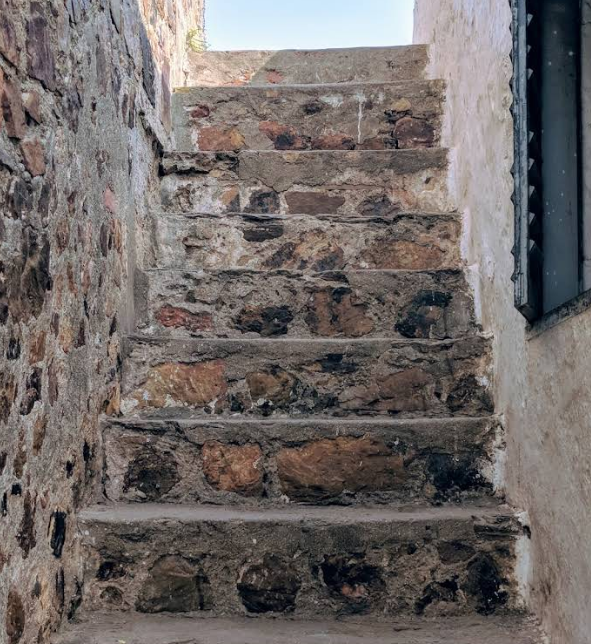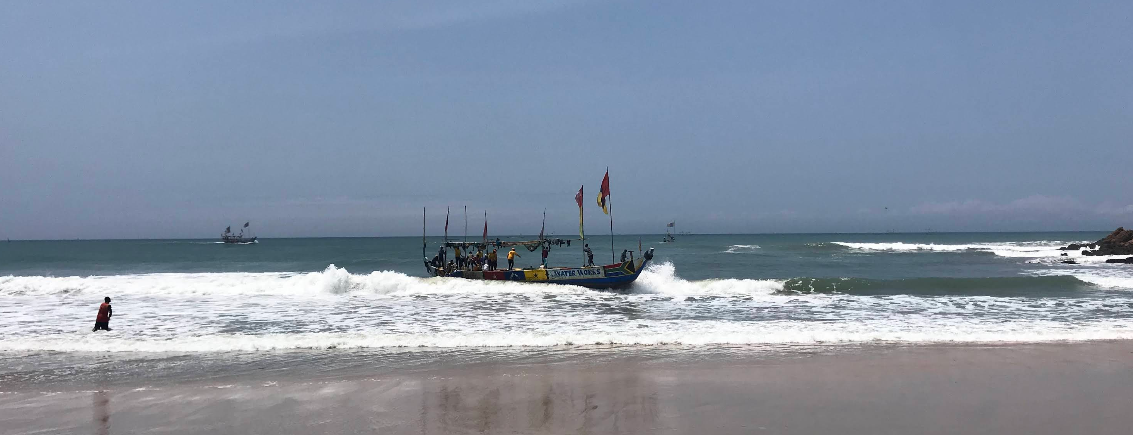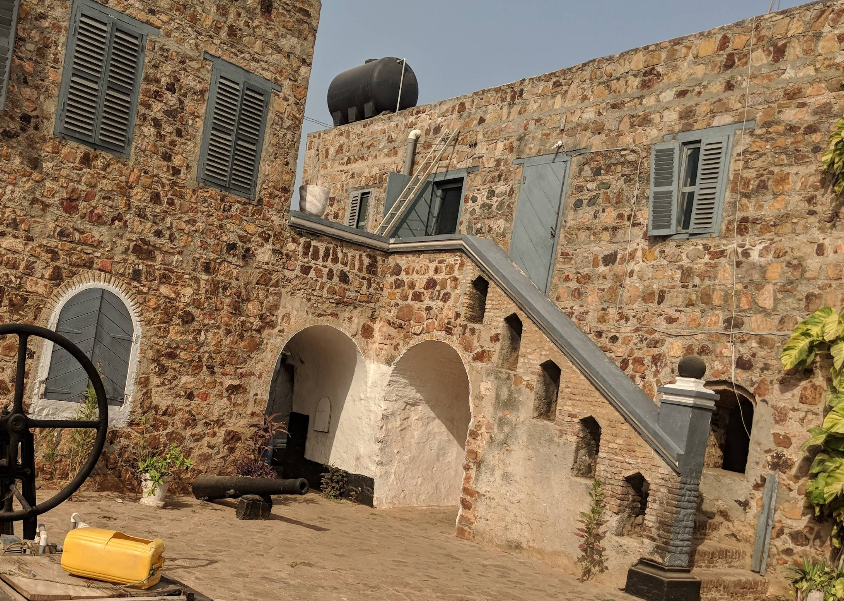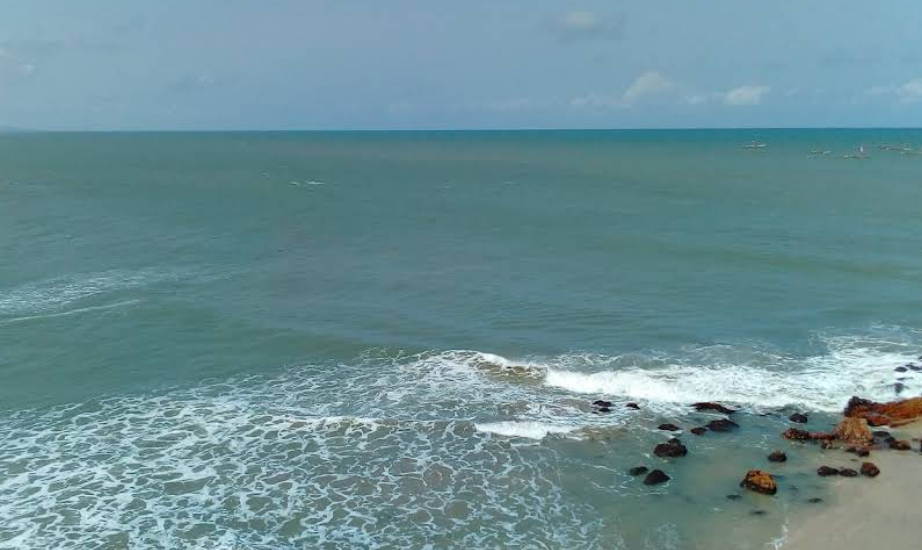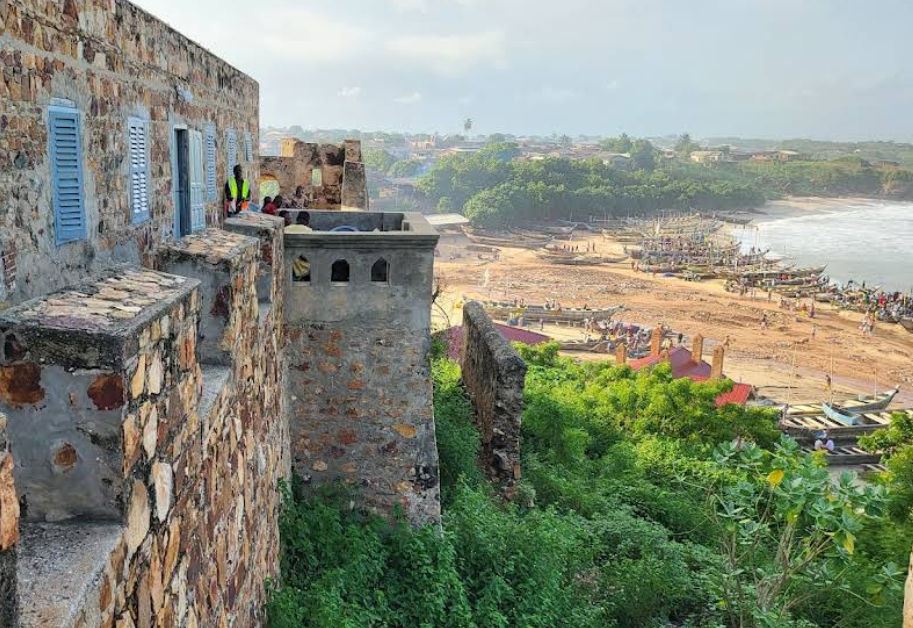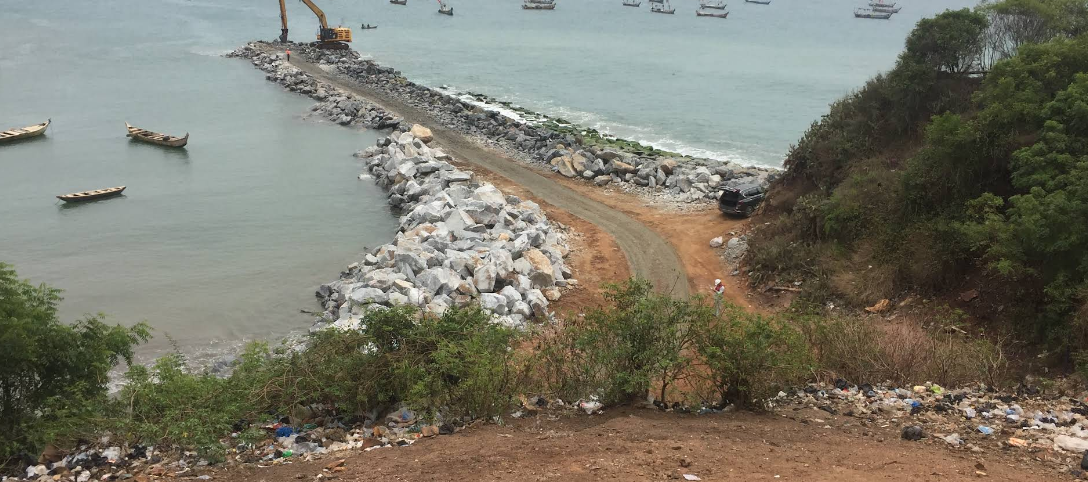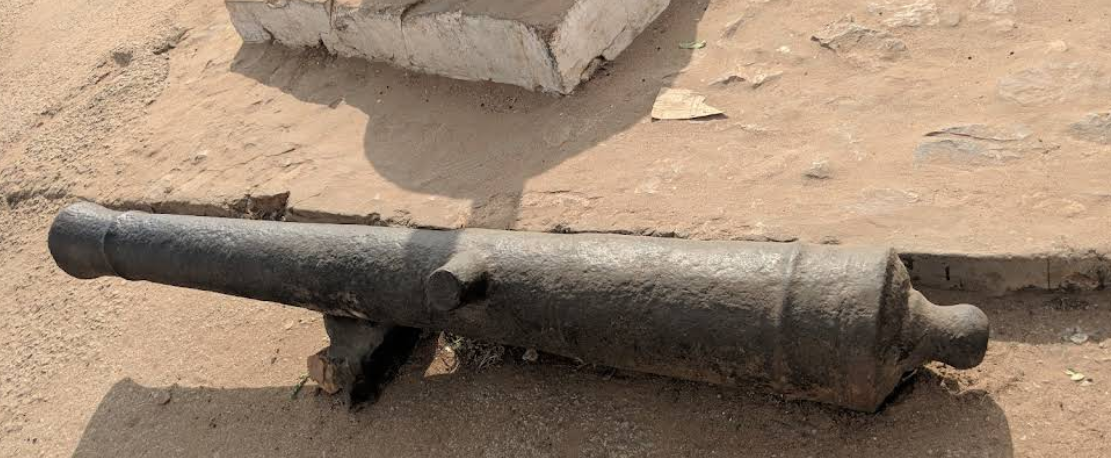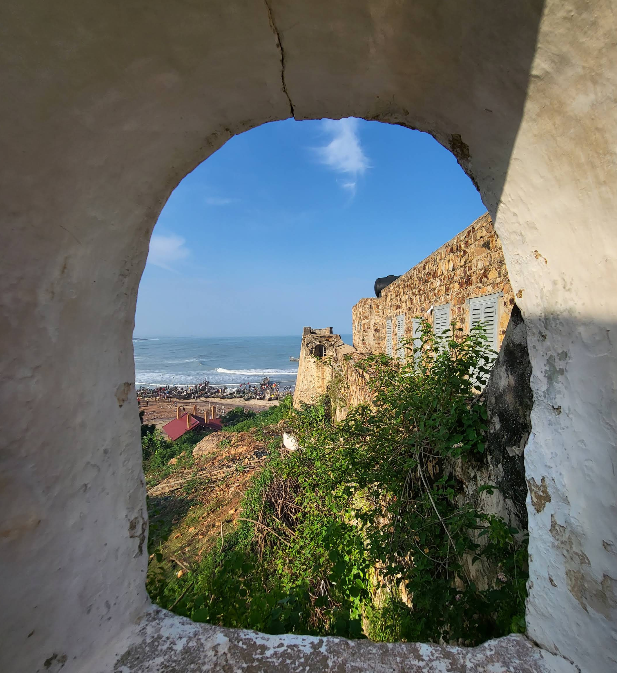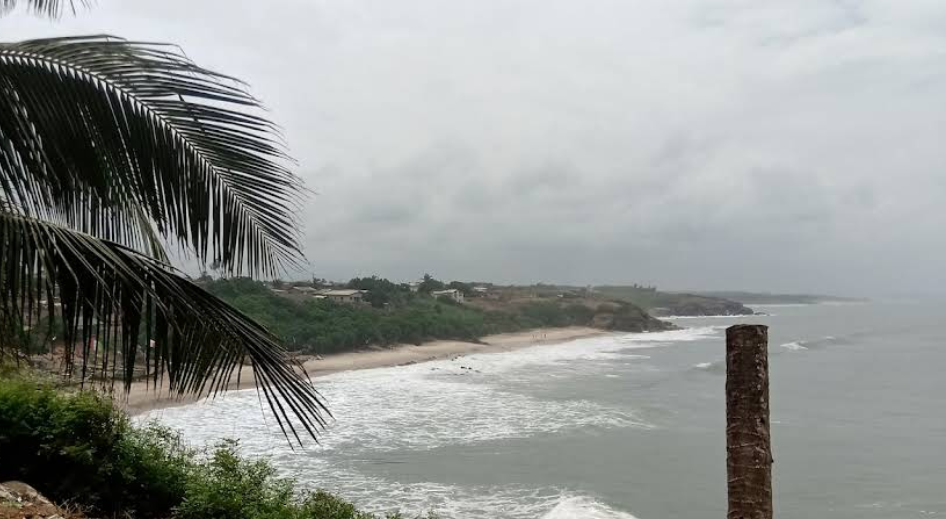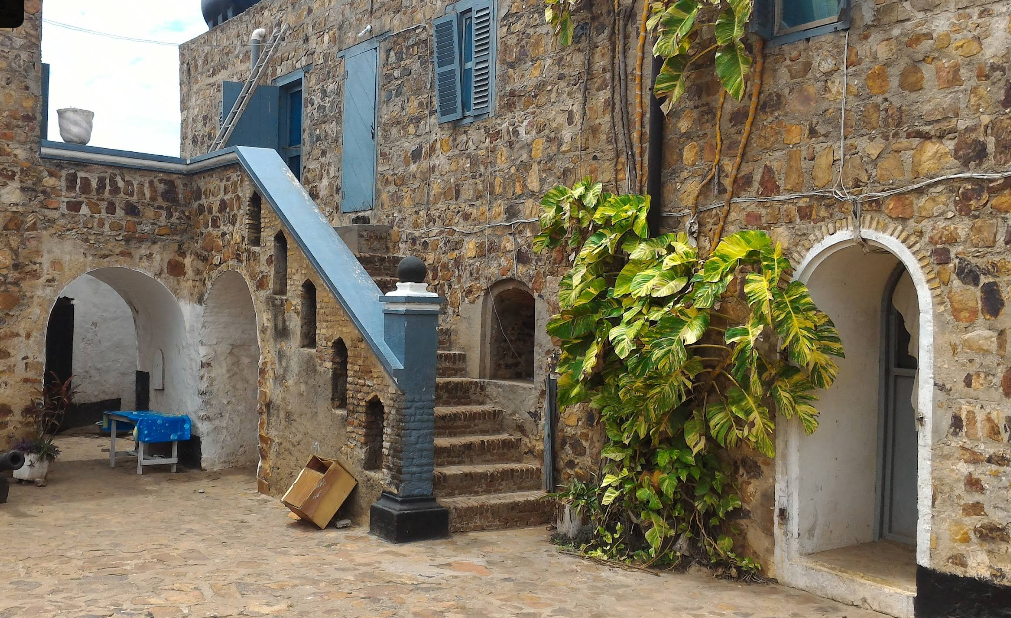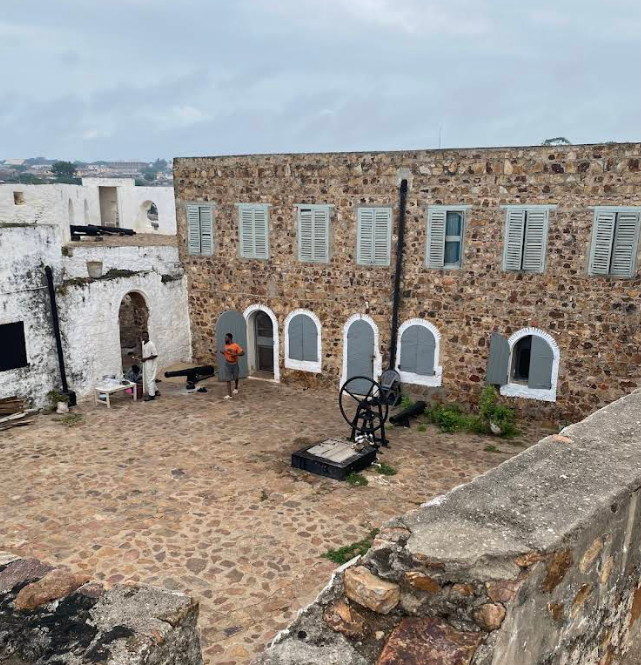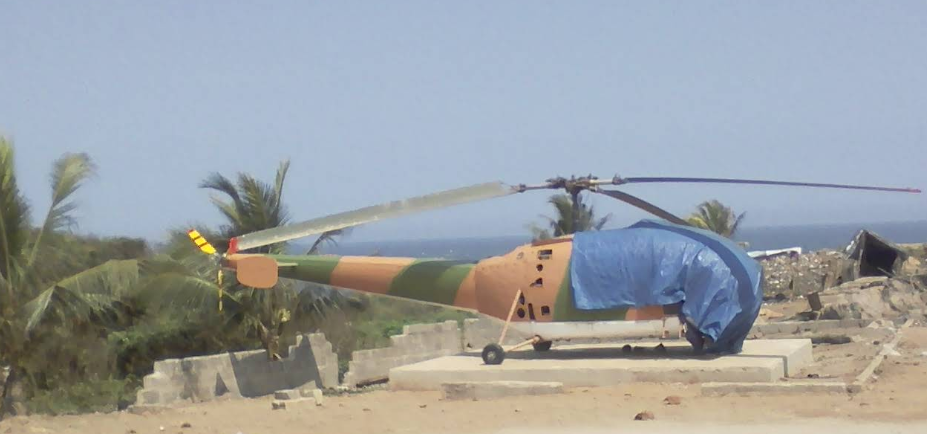Fort Good Hope
Fort Good Hope, located in Senya Beraku in the Central Region of Ghana, stands as one of the lesser-known but historically significant European forts along the Gold Coast.
The Dutch West India Company constructed it in 1667. Unlike some forts that began primarily as slave trading posts, Fort Good Hope was initially intended for gold and other commodities trade. However, by the late 17th century, it became deeply involved in the trans-Atlantic slave trade, serving as a holding place for enslaved Africans before their forced shipment to the Americas.
The fort is distinct for its rectangular structure with bastions, designed to give European traders a stronghold against rival powers and local resistance. It later became a symbol of Dutch dominance in the region, although it changed hands over the centuries, including brief control by the British.
By the 19th century, when slavery was abolished, the fort’s significance declined. It was later abandoned but remains a standing historical monument and a site of memory today.
Today, the Ghana Museums and Monuments Board (GMMB) manage Fort Good Hope. It is open to visitors interested in Ghana’s UNESCO World Heritage Sites, colonial history, and the memory of the trans-Atlantic slave trade.
Although smaller and less visited than Cape Coast Castle or Elmina Castle, it offers a more quiet and reflective experience for tourists, researchers, and heritage enthusiasts.
Related content
Interdum et malesuada fames


